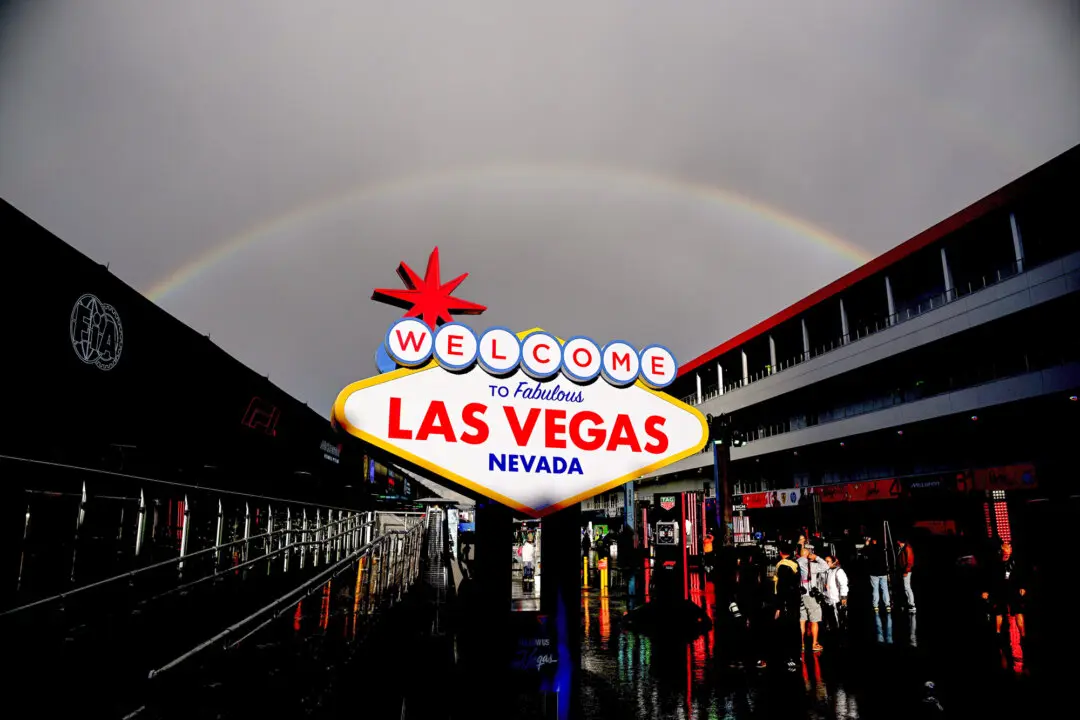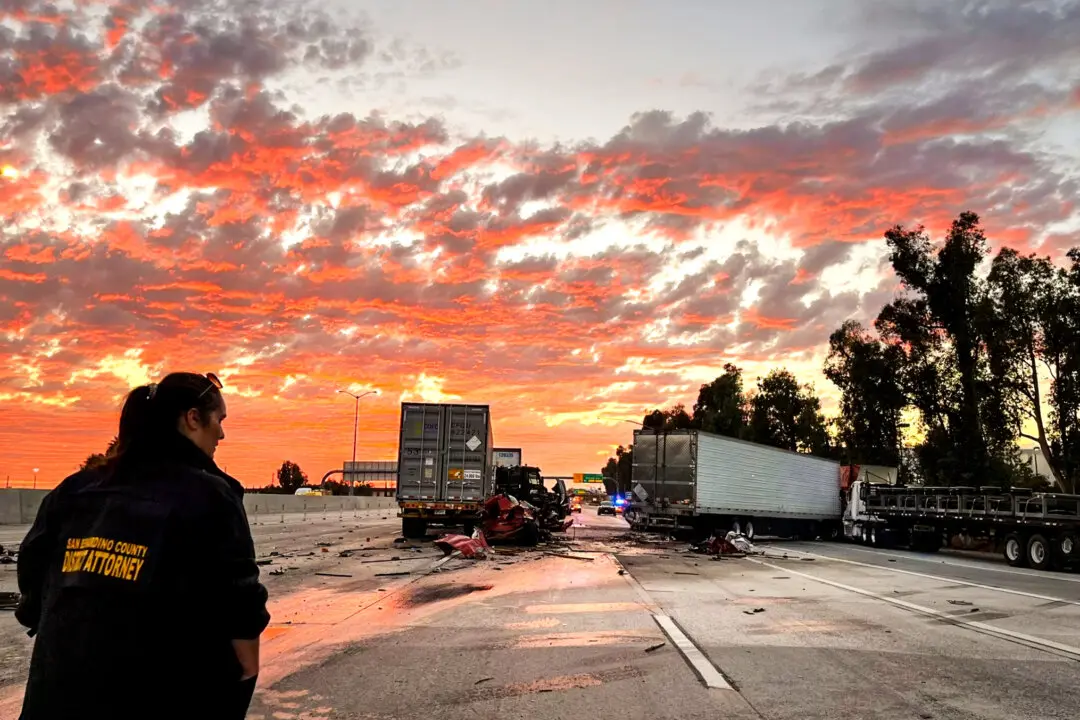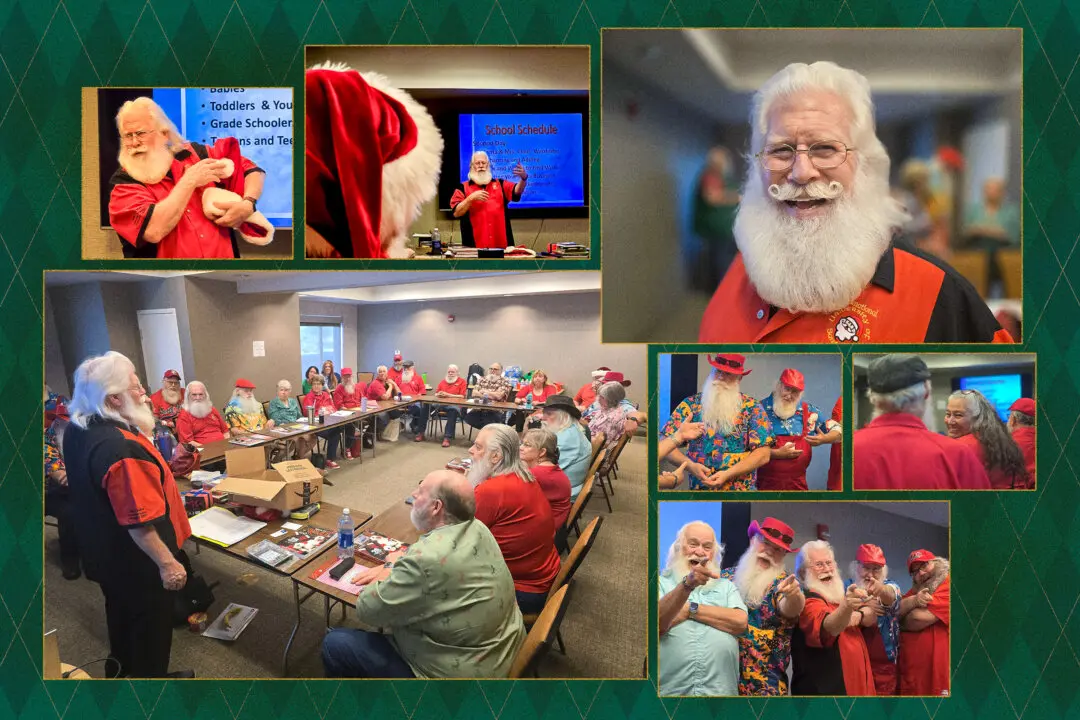PHOENIX, Ariz.—All across America’s arid southwest, the temperatures have been brutal—and lethal—this past month with little relief as states continue to report more heat-related deaths.
In Arizona’s largest and most populated county, Maricopa, the annual death toll rose to 39, with 14 confirmed new cases reported by the end of July.





